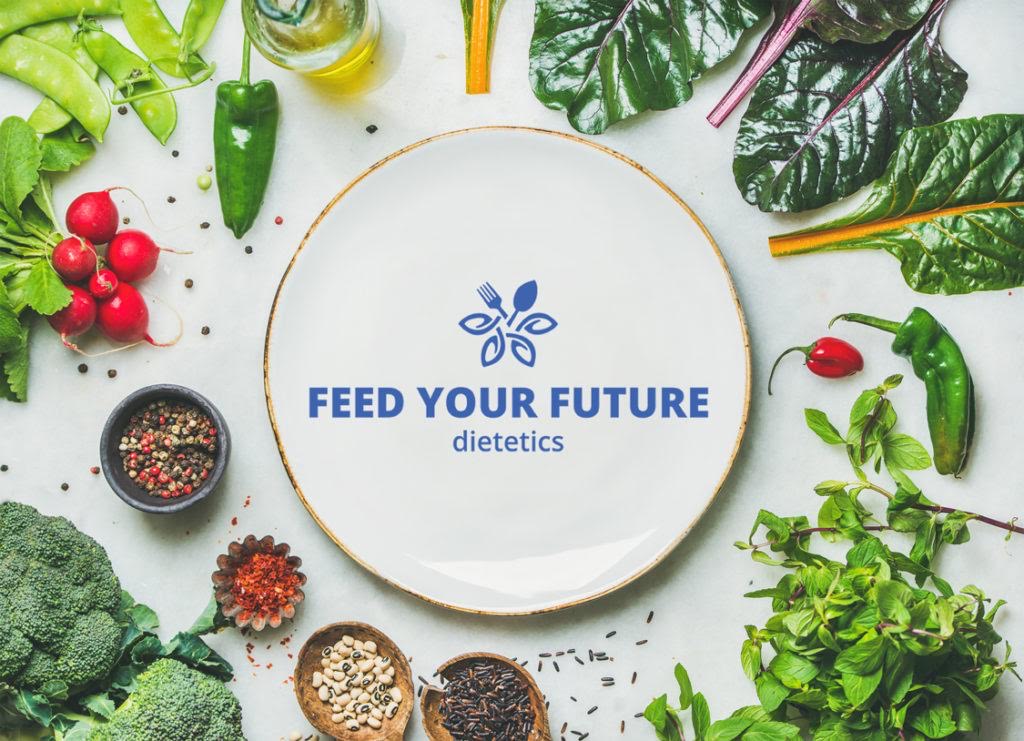Nutrients can be complex. Their ability for your body to be able to absorb and used nutrients can be influenced by other nutrients within the same food or drink you are consuming. An example of two nutrients which work better together to enhance each other’s absorption and use in your body are magnesium and vitamin D.
Magnesium is a mineral which is involved in over 300 enzymatic reactions. Vitamin D is a fat-soluble vitamin and plays many important roles. This includes promoting optimal immune system response as well as to keep your bones strong. Both magnesium and vitamin D help to lower your blood pressure, reduce inflammation and can promote optimal function and strength in your muscles.
Both these nutrients also support heart health, brain function and mental health. These two nutrients may also reduce your risk of developing dementia, type two diabetes by reducing insulin resistance and promoting the function of your pancreas.
The Australian Bureau of Statistics reported that approximately one in four Australians are predicted to have vitamin D deficiency. The news is not better for magnesium with one in three Australians predicted to be deficient in this mineral.
These two nutrients are important to promote your overall health and quality of life. Taken separately may provide inferior outcomes compared to if you combine these two nutrients in the same food or beverage. How these two nutrients may enhance the absorption and effects in your body is vitamin D promotes optimal absorption in your intestines. Magnesium on the other hand is essential to enable vitamin D to be converted into its active for in the body, which allows your body to use this vitamin.
Before you head out the shops to buy a supplement, the best strategy is a food first approach. Good sources of magnesium include nuts, seeds, beans, wholegrains like quinoa, wholewheat bread, wholegrain crackers, brown rice, wholewheat pasta, and rolled oats. Also, avocado, soy milk, yoghurt, and cheese.
The main source of vitamin D comes from the sun but there are food sources which also provide your body with this fat-soluble vitamin. This includes foods like seafood like seafood, eggs which include the yolk, dairy, mushrooms exposed to UV light, and fortified products like cereals, orange juice and margarine.
The good news with these range of foods is there are many combinations which combine these two nutrients like oats with milk and fruit on top, or wholegrain crackers with avocado and sliced tomato a smoothie made with milk, oats, and nut butter, and banana. For dinner you could enjoy baked salmon with quinoa and a side salad, or an Italian pasta dish using wholegrain pasta and topped with cheese.
Take home message: How your body absorbs and uses nutrients can be more complicated than simply consuming the nutrient. Eating an overall balanced and varied diet is a smart strategy to help your body take in and utilise all the nutrients you eat. If you are not sure how to do this, reach out to an Accredited Practising Dietitian who can give you the individualised support that you deserve.
References:
- Australian Bureau of Statistics. Vitamin D. https://www.abs.gov.au/articles/vitamin-d
- Australian Bureau of Statistics (December 2011), Australian Health Survey: Usual Nutrient Intakes, ABS Website, accessed 25 December 2023.
- Uwitonze AM, Razzaque MS. Role of Magnesium in Vitamin D Activation and Function. J Am Osteopath Assoc.2018Mar 1;118(3):181-9.
- Al Alawi AM, Majoni SW, Falhammar H. Magnesium and Human Health: Perspectives and Research Directions. Int J Endocrinol.2018;2018:9041694.
- Vazquez-Lorente H, Herrera-Quintana L, Molina-Lopez J, et al. Response of Vitamin D after Magnesium Intervention in a Postmenopausal Population from the Province of Granada, Spain. Nutrients.2020Jul 30;12(8).








